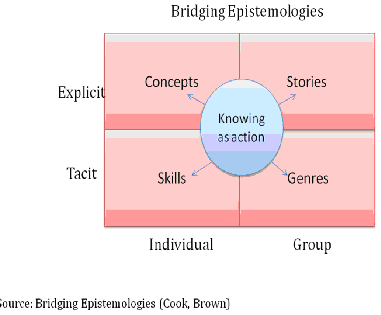“I think all great innovations are built on rejections” – Louise Berliawsky Nevelson.
You might like reading:

A currency that can replace dollar as reserve currency
A few months back, some businessmen launched world’s first gold ATM in London. You put in your credit card and the machine will give you the real gold. The current global economic scenario has become increasingly interesting with the gold rising and the euro and the dollar falling apart. The point here to be noted is, the dollar is in […]

Creating Blue Oceans
I had read an amazing article about creating blue oceans.While the drive for cost cutting is in the air for anything and everything, we need to remember the old saying ‘need is the mother of all inventions’.The need is not only to cut costs and lay off staff from business organisations but the need is to grow and sustain, look […]































